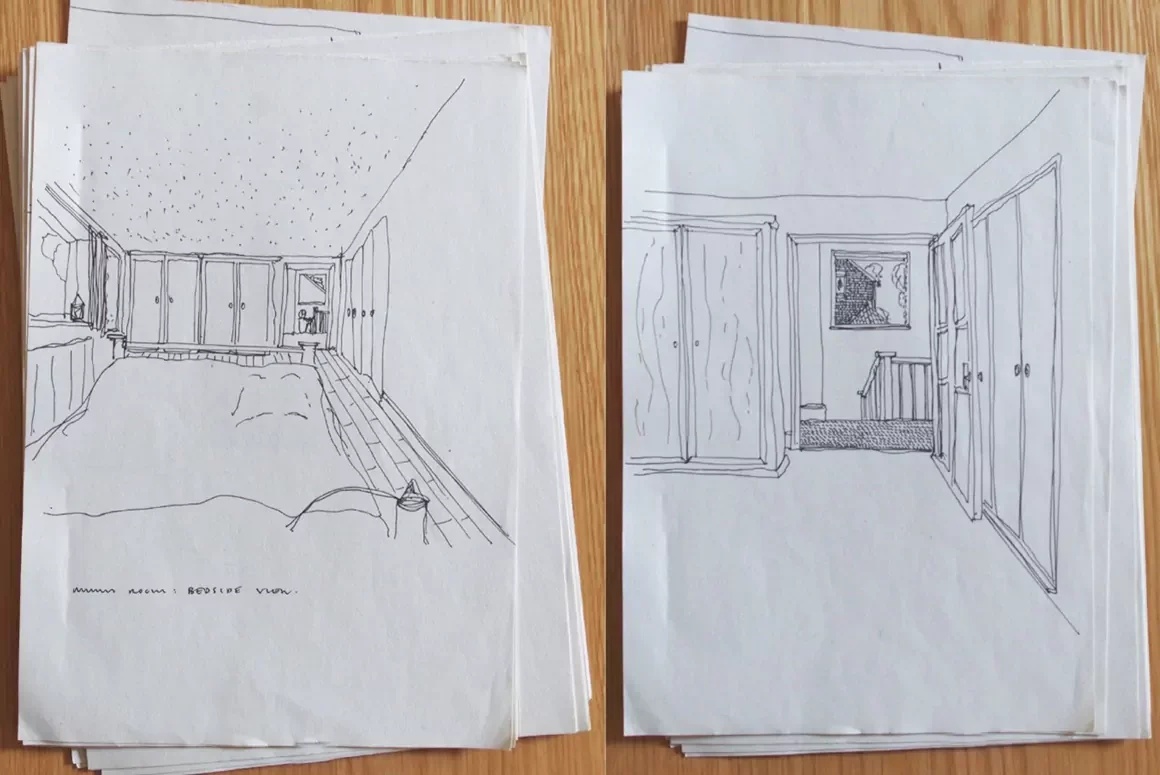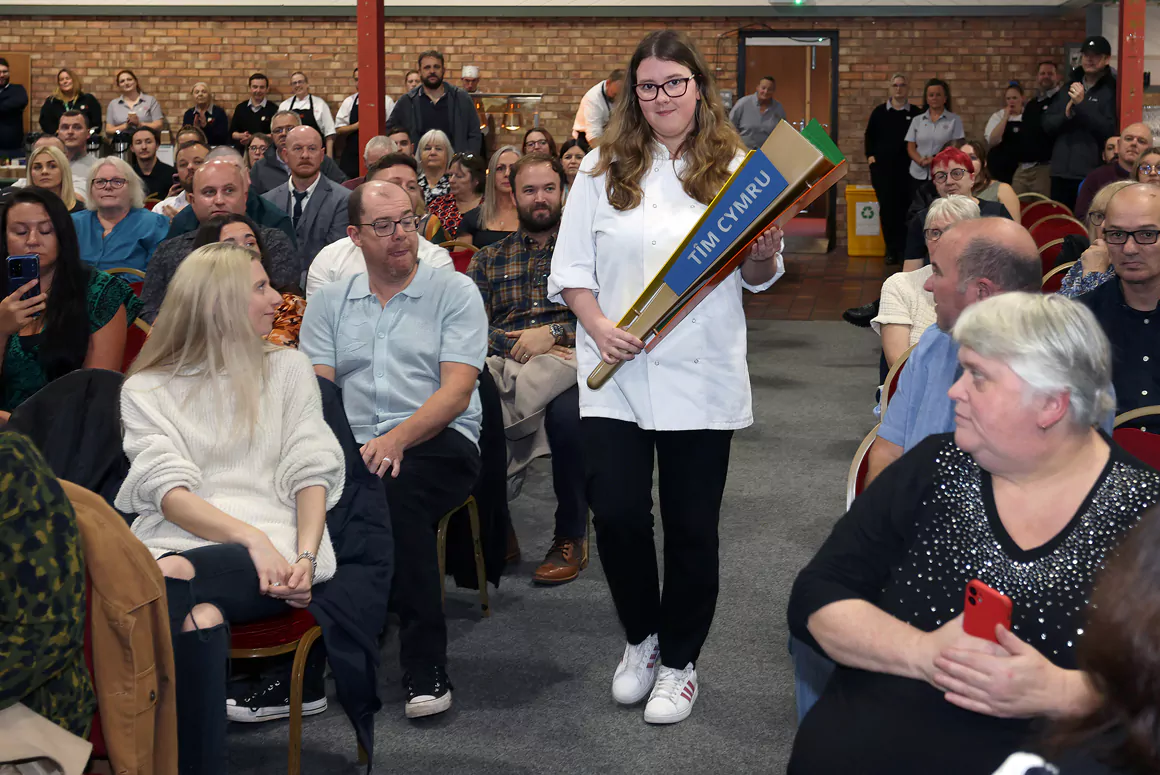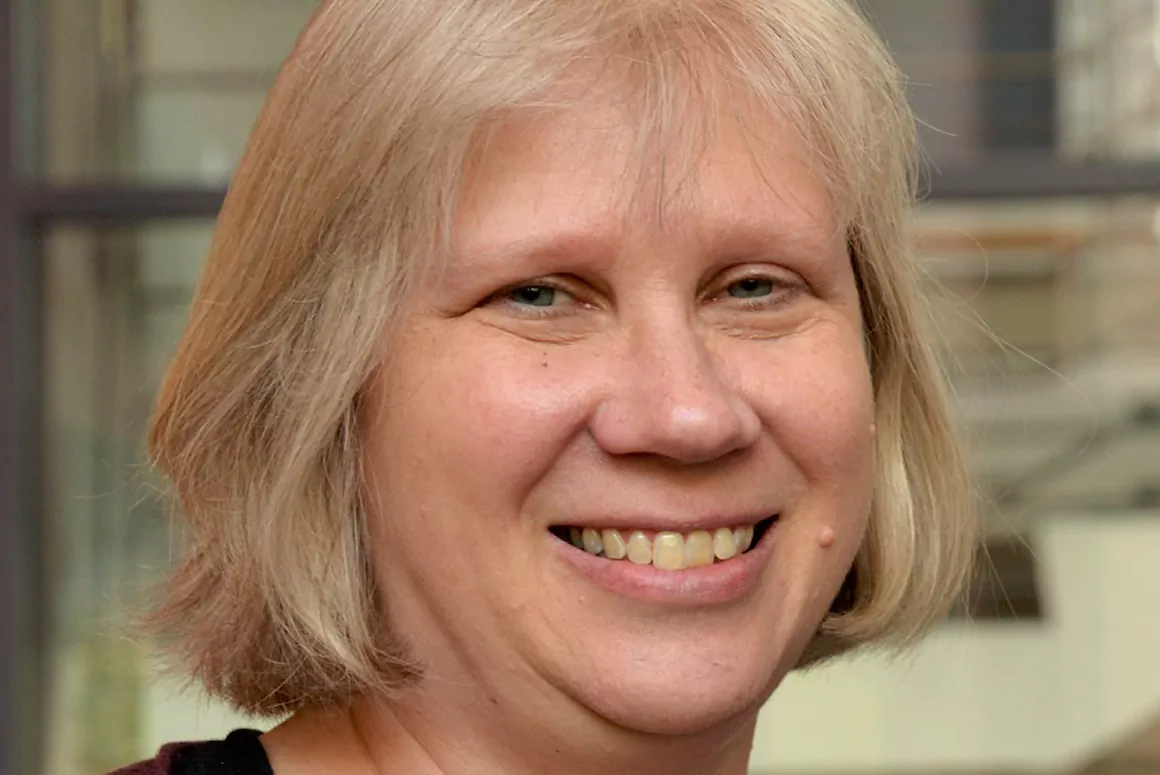Researchers partner with Marie Curie UK to explore how architectural design could improve end-of-life care in the home
A new study will explore how architectural design could support end-of-life care in domestic settings.
Researchers from Cardiff University and the University of West of England aim to help more people experience a dignified death in their own home – something currently experienced by fewer than a third of people in England and Wales.
The project, in collaboration with Marie Curie – the UK’s leading end of life charity – will translate the palliative care concept of dying-in-place into design strategies for housing, a concept yet to be fully explored in architecture.
Project Lead, Dr Sam Clark of the Welsh School for Architecture, said:
“Our research will delve into the design of home environments for dying – a topic often considered taboo.
“We’re aiming to demonstrate the importance of supportive, nurturing end-of-life environments and the ways design can shape these. To do this, we must ask: where do people want to die? What are the environmental challenges for dying-in-place? And how can design help reshape this experience?”
The team will:
- review existing research and cultural attitudes toward death
- gather cross-cultural experiences of dying at home in Wales from carers
- provide insights for architects to create more supportive domestic environments
As well as experts in architecture, the project team includes Dr Sally Anstey, a registered adult nurse specialising in cancer, genetics and palliative care and Reader Emeritus in Cardiff University’s School of Healthcare Sciences, and professionals at project partner Marie Curie.
Samuel Clements, Associate Director of Nursing and Quality (UK) at Marie Curie, said:
“In the UK, the majority of people die in hospitals or care institutions.
“Our own research shows most people would prefer to die at home if given a choice, so having an environment that is both comfortable for a person at the end of their life and practical for those caring for them at home – be those health professionals, carers or loved ones – would make a huge difference to the final days of so many people.
“Allowing people to have their wish of dying at home, surrounded by their home comforts, not only ensures their wishes are fulfilled, but also results in less complex grief for those that are left behind.
“We’re delighted to be part of this interesting and innovative research that we hope will improve end of life experiences of people in the future, at a time when palliative care needs only continue to grow.”
Collating real-life care stories and housing case studies from Wales and bringing these experiences to light for professionals, will be a key outcome of the project.
The work builds on Project Co-Lead Dr Annie Bellamy’s doctoral studies at the Welsh School of Architecture.
“We hope that in the longer term, the knowledge gained could support the development of design guidance influencing policy and statutory frameworks, which one day could potentially alleviate pressure on the NHS,” explains Dr Bellamy, now a Senior Lecturer at the University of West England (UWE).
“By addressing what is inevitable for us all – through the transformative power of design – we could bridge the gap between where we want to die and where we currently die, empowering our choices at the end of life.”
The research is funded by an Arts and Humanities Research Council (AHRC) Curiosity Award – for early-stage, novel research – and findings will be shared in 2027.





